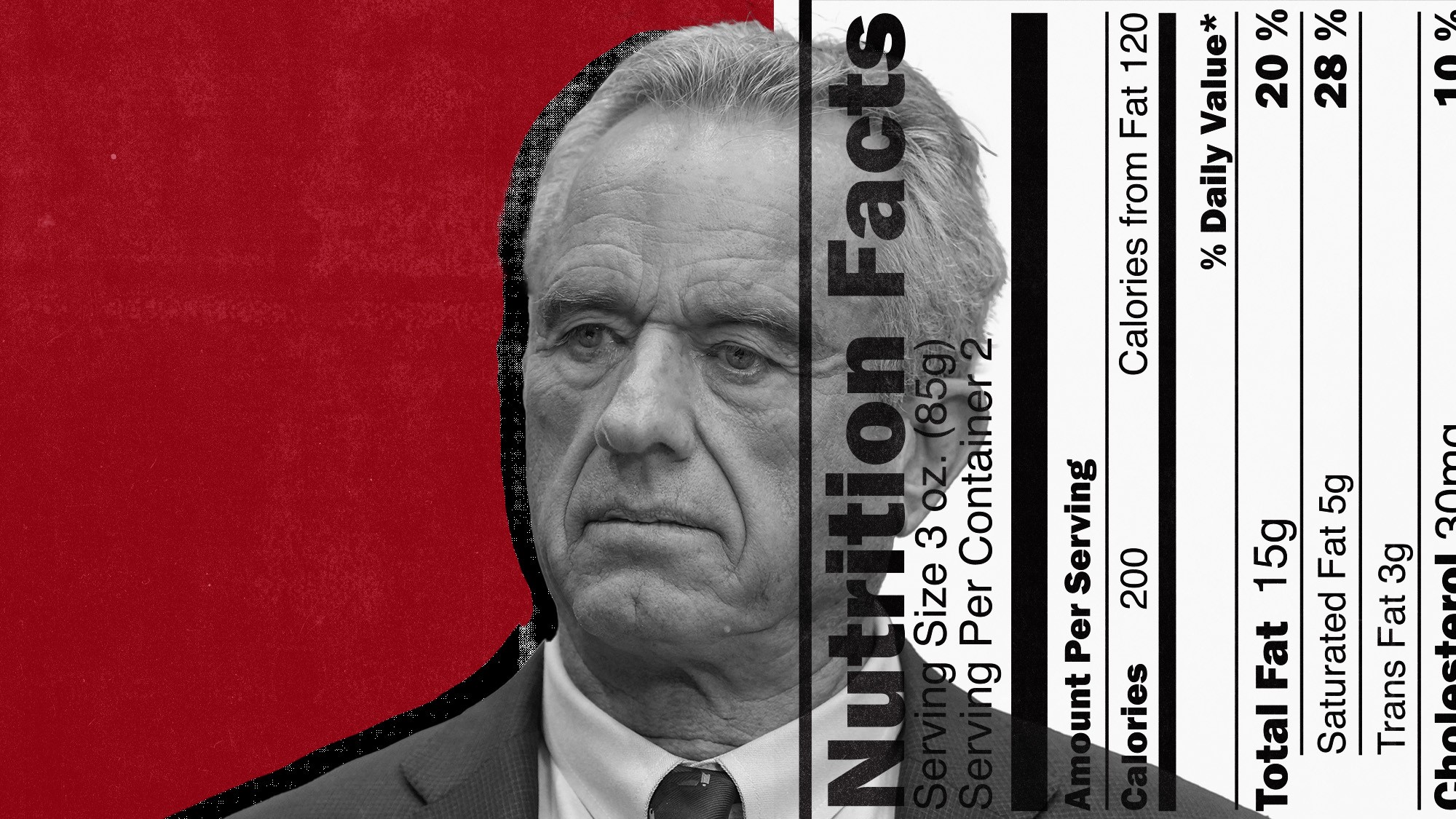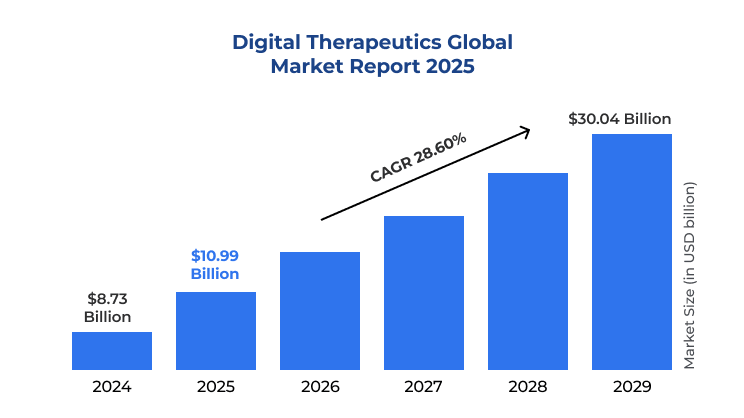Healthcare providers in the United States face many transportation problems that can affect patient care. One big challenge is making sure patient transportation services run on time, especially for elderly patients or those with long-term illnesses. Missed or late appointments because of transportation problems can make health worse and cost more money.
This problem happens a lot. On average, more than 20% of medical appointments are missed, which disrupts care. These missed appointments often happen because of transportation troubles, hard scheduling, or no easy transit options. For healthcare systems, this means inefficient use of resources, longer wait times, and often worse health results.
Because of this problem, many health providers in the U.S. are trying to find better transportation solutions to help patients get to their appointments. This helps reduce missed visits and helps patients follow their treatment plans better.
Patient Transportation Solutions That Improve Outcomes
One example of a tool that helps with transportation in healthcare is the patient transportation software called “Roundtrip.” It is used by many health systems in the U.S. Roundtrip has shown good results by lowering missed appointment rates for patients with chronic diseases to under 4%, which is much better than the usual 20% or more.
Roundtrip lets care teams book many types of transportation. This includes rideshare services like Lyft and Uber, medical sedans, vans for wheelchairs, stretcher vehicles, and advanced life support transport. This lets healthcare staff pick the right kind of ride for each patient quickly.
Healthcare workers using Roundtrip say it helps their work run more smoothly. For example, Ivone, a Care Manager at Bon Secours Health System, said it is easier to use than older methods like fax machines. Yahaira, a Counselor at Crozer-Keystone Health System, said that having reliable transportation helps patients get better because they can go to their treatments. Will, a Patient Navigator at Sidney Kimmel Cancer Center, said that the scheduling tools help handle patients’ complex appointment needs.
This type of coordination helps patients attend doctor’s visits, therapy sessions, and follow-up appointments more regularly. Seeing their doctors more often means illness can be managed earlier, leading to fewer problems.
Transportation Logistics Beyond Patient Rides
Transportation in healthcare is not only about moving patients. Moving medical supplies, equipment, test samples, and medicines on time is just as important. Good hospital logistics help reduce treatment delays, speed up lab work, and give doctors and nurses more time to care for patients instead of moving items around.
For example, some big hospitals use automated systems called pneumatic tube systems (PTS) to quickly send lab samples, blood, and medicines. A large hospital might have many tube stations and long tubes controlled by computer software. These systems reduce mistakes and delays. Faster lab results let doctors diagnose and treat patients sooner.
Also, sending blood safely from blood banks to clinics speeds up care in emergencies and surgeries. These new systems help hospitals work better by freeing nurses and lab workers from transport tasks so they can focus more on patients.
Healthcare Supply Chain and Logistics for Medical Devices and Equipment
The supply chain for medical devices and equipment also depends on good logistics. Healthcare providers need devices on time and must keep an accurate count of what they have. This helps avoid treatment delays and keeps safety standards.
If there are delays or mistakes in the supply chain, it can cause device shortages, longer wait times, and worse health results. Better logistics help control costs, reduce waste, and keep important technology available for diagnosis and treatment. Systems that track inventory and automatically reorder supplies help reduce the work on hospital staff and improve how things run.
In the U.S., healthcare rules are strict. Logistics systems must follow these rules and still allow fast access to important medical devices. This helps improve patient care.
Emerging Trends: Drone Delivery and Digital Healthcare Logistics
Recently, healthcare logistics have started using new technology like drones and digital inventory systems to fix old problems like traffic and slow deliveries. Drones are a good option, especially in cities and rural places where roads might be busy or poor.
A study in Delhi, India showed that using drones with smart planning cut delivery times for medical supplies by up to 60%, and delivery success went up by 18% compared to regular methods. This study was not done in the U.S., but the ideas could work in America, especially in rural areas or busy cities.
Drones can carry important things like blood, vaccines, and medicines fast. Smart computer programs help plan drone routes in real time to make sure urgent deliveries happen quickly.
Along with drones, digital healthcare systems track supplies in real time, use automated controls for inventory, and analyze data. These systems help hospitals predict what supplies they will need, manage stock better, reduce waste, and keep care running nonstop.
The Role of AI and Workflow Automation in Healthcare Transportation Logistics
Artificial intelligence (AI) and automation now play a big role in healthcare transportation. AI can study large amounts of data to predict needs, plan routes, assign resources, and help make decisions fast.
For patient transport, companies like VectorCare make platforms that cut scheduling time by more than 90%. For example, a 250-bed hospital with about 25 transports each day used to spend almost 4,700 hours a year scheduling. With AI, this drops to under 500 hours a year. This saves a lot of staff time for patient care.
VectorCare uses AI and machine learning to automate scheduling, assigning resources, managing vendors, and billing. The system connects with electronic health records (EHR), dispatch systems, and billing software to keep workflows smooth and efficient.
Hospitals that use AI-powered transport say they get fewer phone calls and fewer scheduling mistakes. Jim Karras, Vice President and COO, said calls for transport requests are handled instantly without customer service people needing to check each detail. Brian Napoli, Chief Operating Officer, added that this reduces wasted time on call-backs and helps hospitals run better.
AI also helps manage non-emergency medical transport (NEMT), home health deliveries, and prescription medicine logistics. It automates repetitive tasks, helps staff respond quickly to patient needs, improves communication, and keeps transport information up to date.
Automation also helps inside hospitals. Automated systems deliver test samples, medications, and supplies. This reduces manual work and speeds up clinical tasks. AI combined with automation improves efficiency, cuts errors, and leads to better patient experiences.
Impact on Healthcare Providers and Patients
Good transportation logistics helped by technology make things better for patients and healthcare workers. Systems that reduce missed appointments, like Roundtrip, let care coordinators spend more time on medical tasks instead of schedules. Better logistics also help hospitals use beds more efficiently, free staff time, and make better use of resources.
AI and automation lower paperwork, prevent scheduling conflicts, and increase transparency across services like ambulances, home health, and pharmacies. These improvements save money. For example, VectorCare says cutting patient transport scheduling time by 90% can save hospitals more than half a million dollars a year.
For patients, reliable transport means they can get care on time, follow their treatments better, and feel less worried about missing appointments. This leads to better diagnosis, managing long-term illness, recovery, and satisfaction.
Tailoring Solutions for U.S. Healthcare Systems
- Provide a single platform for different types of transportation that fit patient needs, including non-emergency medical transport.
- Connect with healthcare IT systems like EHRs to make scheduling and resource management easier.
- Use AI to automate routine administrative tasks so staff can focus on patient care.
- Use real-time data to track transport and improve workflows.
- Support alternative transportation methods, like rideshares fit for healthcare needs, to give patients choice.
- Try new delivery methods like drones for quick delivery of critical supplies in busy or remote areas.
- Ensure logistics systems support regulatory compliance and transparency for medical device delivery.
- Focus on patient-centered transport to increase attendance and lower missed appointments.
By using these approaches, healthcare systems in the U.S. can improve care workflows, lower costs, and most importantly, improve patient care by making sure services and medical supplies arrive on time.
Key Insights
Efficient transportation logistics stay very important for good healthcare delivery in the United States. With more use of AI, automation, and new technology, medical centers have a chance to improve their transportation systems. This supports better care coordination, increases patient access, and helps improve health results.
Frequently Asked Questions
What is the main goal of the Roundtrip transportation software?
The main goal of Roundtrip is to drive better health outcomes by improving patient transportation logistics, ultimately increasing access to care and reducing no-show rates for appointments.
How does Roundtrip impact no-show rates?
Roundtrip helps achieve patient no-show rates lower than 4% compared to the industry average of over 20%, significantly improving attendance for healthcare appointments.
What advantages does Roundtrip provide to care coordinators?
By simplifying the booking process for patient transportation, Roundtrip allows care coordinators to spend less time on logistics and more time focused on patient care.
What types of transportation options does Roundtrip offer?
Roundtrip facilitates a comprehensive range of transportation options, including rideshare services (like Lyft and Uber), medical sedans, wheelchair vans, stretcher vans, and ALS/BLS vehicles.
How does Roundtrip utilize data
Roundtrip leverages data from all patient rides to gain insights, which can lead to improved planning and better healthcare outcomes.
Who benefits from the Roundtrip system?
Healthcare providers, care coordinators, and patients all benefit from the Roundtrip system, as it streamlines transportation processes and enhances patient adherence to treatment.
What feedback do care professionals give about Roundtrip?
Care professionals report a smooth operation using Roundtrip, highlighting the ease of use and the elimination of older, more cumbersome booking methods.
How does Roundtrip enhance recovery for patients?
Roundtrip provides essential resources, including access to reliable transportation, which is crucial for patients to follow through on their recovery and treatment plans.
In what healthcare settings is Roundtrip used?
Roundtrip is used across various healthcare settings, including hospitals, health systems, and cancer centers, as indicated by testimonials from care managers and patient navigators.
What is the significance of transportation in chronic care management?
Reliable transportation is vital in chronic care management, as it directly impacts patient attendance to appointments, adherence to treatment plans, and overall health outcomes.
The post Improving Patient Outcomes Through Efficient Transportation Logistics in Healthcare Systems first appeared on Simbo AI – Blogs.







